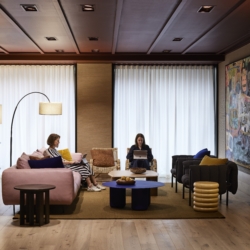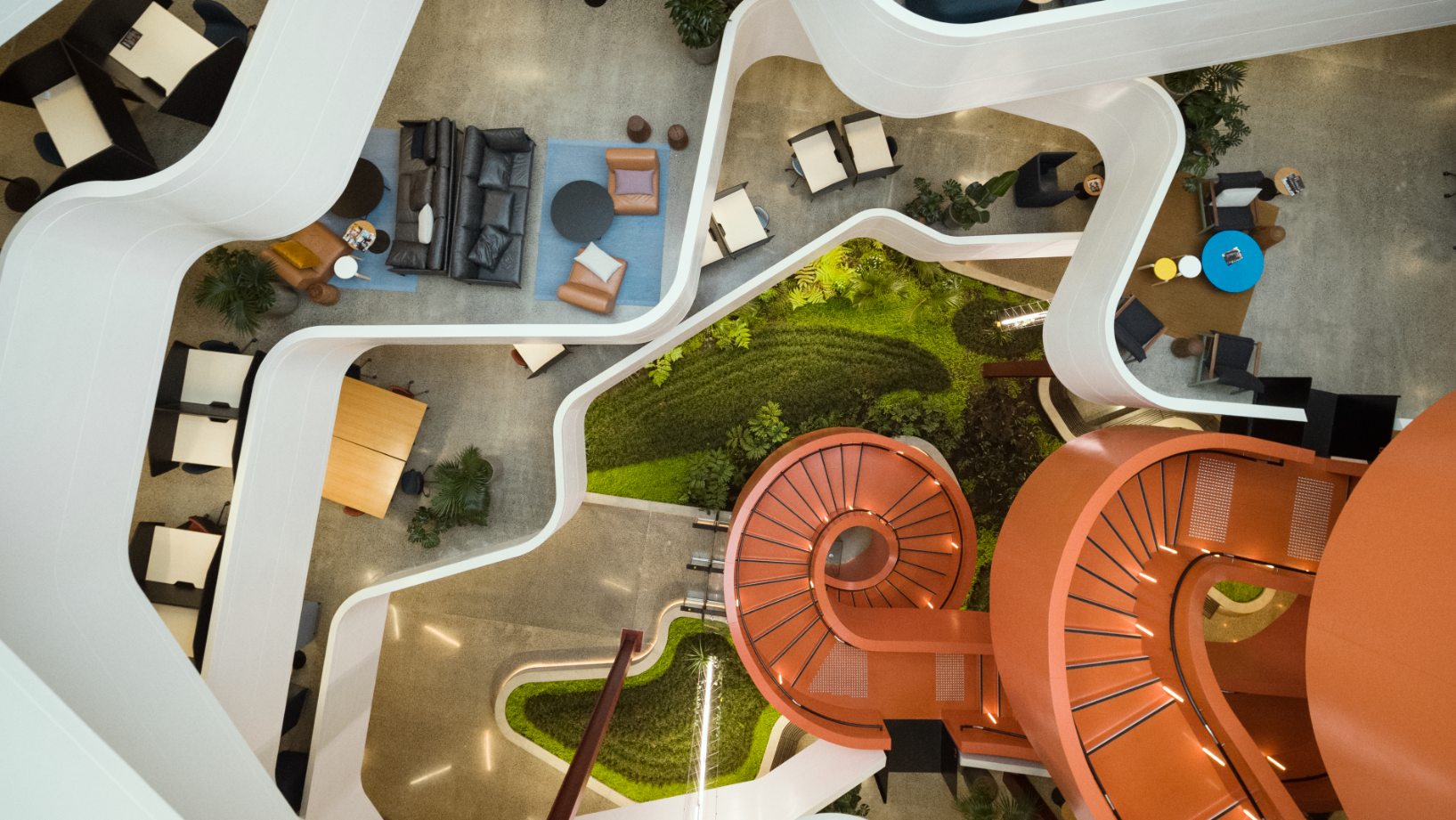November 28, 2023
Unpicking the retrofit enigma
 Earlier this year, a report from building consultancy Mace advocated for a retrofit first principle for buildings. The report highlighted how non-domestic buildings in the UK make up about an eighth of the country’s building stock but account for around a quarter of the country’s carbon emissions. The solution argued for in the report was to look at how best to retrofit around 3.5 million such buildings over the next ten years. We explore many of the issues around this crucial subject in this supplement produced in partnership with BVN. It represents both a snapshot of the current conversations about retrofit while pointing a way ahead. This one will run and run, but we need to get it right.
Earlier this year, a report from building consultancy Mace advocated for a retrofit first principle for buildings. The report highlighted how non-domestic buildings in the UK make up about an eighth of the country’s building stock but account for around a quarter of the country’s carbon emissions. The solution argued for in the report was to look at how best to retrofit around 3.5 million such buildings over the next ten years. We explore many of the issues around this crucial subject in this supplement produced in partnership with BVN. It represents both a snapshot of the current conversations about retrofit while pointing a way ahead. This one will run and run, but we need to get it right.
Such arguments are compelling but an already complex issue has been further complicated by the apparent obsolescence of some office space in the wake of the pandemic, as well as the need to rethink some business districts entirely. See the last issue of IN for how this is changing the nature of Canary Wharf and other districts like it.
As Esme Banks Marr of BVN writes in this special supplement:
The emergence of more net zero buildings on the market is going to spark more discussion about defining and verifying the status of net zero, both at an individual asset and portfolio level. Questions around measurement, reporting and certifications will, and should, be brought to the table and scrutinised. And attention will become particularly focused if any upcoming disclosure requirements result in more investment being channelled towards net zero buildings. And I’ll bet they’re wholly new ones.
We need to take a stance on the work we’re pursuing
Sometimes you can’t knock down and start fresh – listed buildings for instance. We’re forced to work with what we have and find new ways of doing the same things. Take the global lockdowns and working from home, when roughly half of the UK hadn’t ever done that before… we managed, and it many cases we found new ways of working, and it’s driven and entire societal rethink.
Each day architects and designers make decisions that impact our cities, the environment, and the way we interact. That’s their job. It’s not just honourable and admirable. We need to take a stance on the work we’re pursuing. As with anything, these important things need to be taken into our own hands. It’s the collective responsibility of the built environment industry to do what’s right (not what they can get away with, or is cheaper) for the betterment of the planet, and people.
More than half of the UK’s largest businesses pledged to achieve net zero by 2050. But getting there is going to be hard. Relying on climate consultants means we’re passing the buck, and we’re not actively thinking enough. The work they do is invaluable and much needed, but to put sustainability in a bucket means we don’t build up our own instincts. Intentions are one thing, instincts that allow us to define what’s right and wrong in our own work are crucial. As well as helping avoid climate change, there are a list of benefits in achieving net zero, including supporting thousands of jobs; improving health; reducing inequality and improving quality of life for all.













